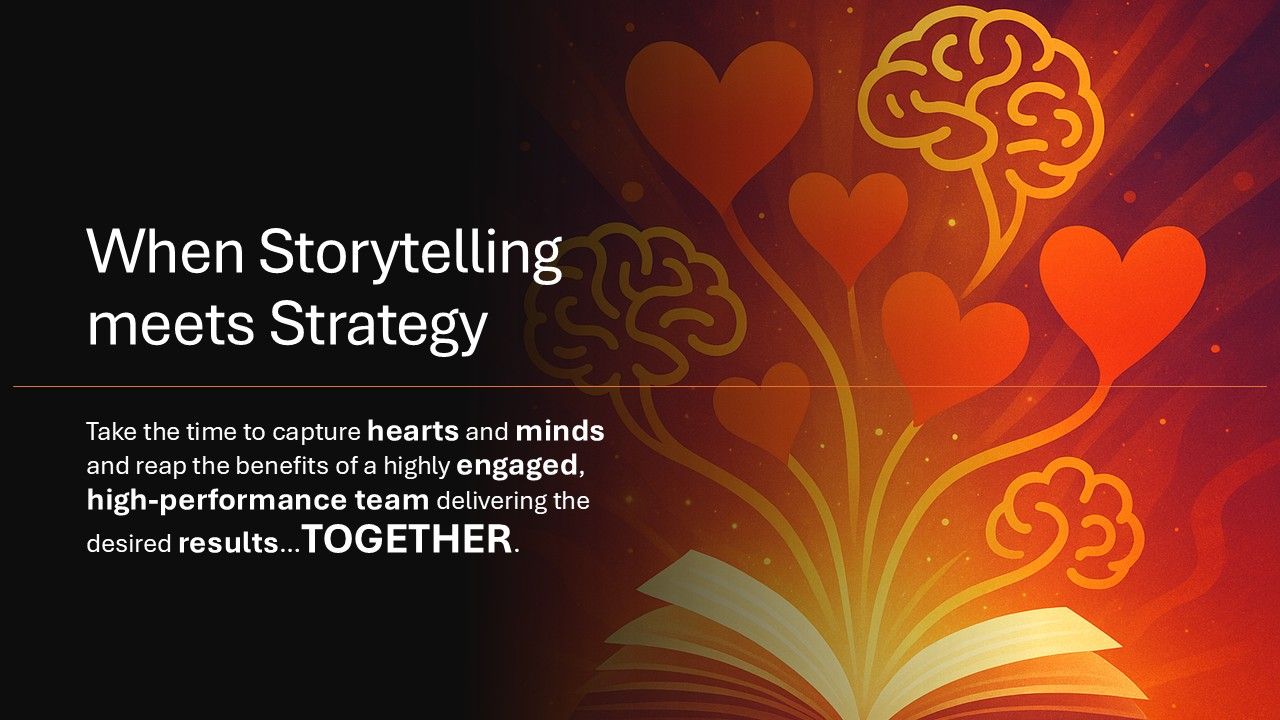HOW CULTURE FUELS ENGAGEMENT:
building a workplace people want to belong to...

The Engagement Crisis - and What’s Behind It
Across the American workforce, engagement has been quietly eroding. Gallup’s latest research shows that fewer than one in five employees feel strongly connected to their company’s mission or believe leadership genuinely values their contributions. Meanwhile, grievance and cynicism are creeping in: employees report higher stress, greater distrust in leadership, and growing fatigue from constant change.
When people lose sight of why their work matters, their motivation tends to decay. But when purpose is made clear – and reinforced through culture, communication, and care – energy returns. Purpose anchors people amid change. It transforms “just another job” into “something I’m part of” and “something I’m proud of.”
That’s where culture comes in. And it’s where employee engagement begins.
What Is Employee Engagement - and Why It Matters
Employee engagement isn’t about surface enthusiasm; it’s about a deeper connection. It reflects how emotionally and intellectually invested people are in their work, their teams, and the organization’s success.
Engaged employees:
- Go beyond the minimum – they think, solve, and innovate.
- Speak up with ideas and challenge respectfully.
- Become ambassadors for the brand because they believe in it.
When engagement is low, even top talent mentally disengages before they physically leave. Productivity drops, collaboration weakens, and customer experience suffers.
Engagement predicts the outcome – but culture is the cause.
______________________________
The Cultural Elements That Matter Most
1. Purpose: A Reason to Believe
Purpose is the heartbeat of engagement. It gives employees a sense of pride, belonging, and clarity about why their work matters. When leaders tie everyday actions and communications back to a shared mission, purpose becomes a living, breathing force that unites teams.
2. Career Development, Rewards & Recognition
Company growth inspires trust in future opportunities and career potential. Recognition reinforces what’s valued. Together, they create a powerful feedback loop that turns positive behaviors into cultural norms. When people see that excellence and collaboration are rewarded, engagement compounds.
3. Managing Overwork and Change Saturation
Fast-growing mid-market firms often suffer from “change stacking.” Each new initiative – while important to the strategy – adds pressure to already-stretched teams. Sustained transformation without recovery periods leads to exhaustion – and disengagement.
To prevent burnout:
- Sequence change and prioritize clearly.
- Communicate what’s not changing.
- Protect capacity by phasing initiatives.
- Acknowledge fatigue and celebrate progress.
Change management is culture in motion – it reveals whether leaders view employees as human partners or simply as resources.
4. Health and Well-Being
Well-being is the new baseline for performance. A culture that promotes mental health, flexibility, and psychological safety signals that people are valued for who they are, not just what they produce. When employees feel safe, they contribute more openly and creatively.
5. Building Trust and Transparency
Trust is at the heart of engagement. It grows over time through consistent honesty, inclusion, empathy, and accountability. Empathy paired with transparent communication builds credibility even in tough times – and fosters collaboration and innovation in good ones.
6. Leadership That Listens
Listening is leadership in action. Creating a continuous “feedback flywheel” – where employees share, leaders act, and progress is communicated back – builds toward the psychological safety and trust that engagement depends on.
7. Recognition as a Culture-Shaping Tool
Recognition is culture’s most visible signal. It tells people, “This is what GOOD looks like here.” When tied to purpose and values, recognition doesn’t just applaud achievement – it shapes behavior. Over time, those moments accumulate into identity and pride.
__________________
Why These Elements Improve Engagement
Each cultural pillar fulfills a basic human need:
- Purpose gives meaning.
- Trust and inclusion create safety.
- Growth and recognition provide motivation.
- Well-being ensures sustainability.
- Listening and transparency foster belonging.
When these needs are met, engagement naturally follows. It becomes less about measuring sentiment and more about cultivating connection and building something inspirational together.
______________
How to Start Building an Engagement-Driven Culture
- Listen First | Start with genuine curiosity. Surveys, focus groups, and leader listening sessions reveal not only how people feel, but also why.
- Clarify and Communicate Purpose | Embed purpose into daily storytelling, decisions, and communications. Help employees connect the dots between what they do and why it matters.
- Connect Recognition to Values | Use recognition strategically to reinforce the culture you want to cultivate – one that values collaboration, empathy, innovation, and accountability.
- Prioritize Well-Being | Model balance at the top. Normalize conversations about stress, mental health, and trade-offs in workload.
- Close the Feedback Loop | When people offer feedback, act visibly and explain how the input led to the change. That cycle builds lasting trust.
- Manage the Pace of Change | Treat change as a human experience, not a project plan. Sequence initiatives, communicate rationale for change, and build reflection time between sprints.
- Measure Progress and Momentum | Track both hard data (engagement, retention, productivity) and soft signals (sentiment, connection, feedback, and trust).
______________
How Corporate Communications Enable All of This
Every cultural shift and engagement driver depends on one shared muscle:
communication. Corporate communications translate leadership intent into language that connects, clarifies, and inspires people. It’s how strategy becomes a story – and a story becomes a shared purpose.
Strategic communications:
- Activate purpose through consistent narratives and leader visibility.
- Model transparency by framing change with honesty and empathy.
- Create feedback loops via multi-channel listening and dialogue.
- Reinforce recognition by amplifying stories of people living the company’s values.
- Build trust through steady, coherent messaging in moments of uncertainty.
Without communication, culture stays aspirational. With it, culture becomes actionable.
Conclusion:
Engagement Predicts the Outcome, Culture Is the Cause
Culture and engagement aren’t separate – they’re symbiotic.
When communication connects people to purpose, when leaders listen and respond, and when well-being is prioritized alongside performance, engagement becomes self-sustaining.
Leaders who invest in culture don’t just see better engagement scores – they see stronger teams, deeper trust, the resilience to thrive through change – resulting in better outcomes.
Because engagement isn’t an initiative -- it’s daily lived expression of a culture that works.










